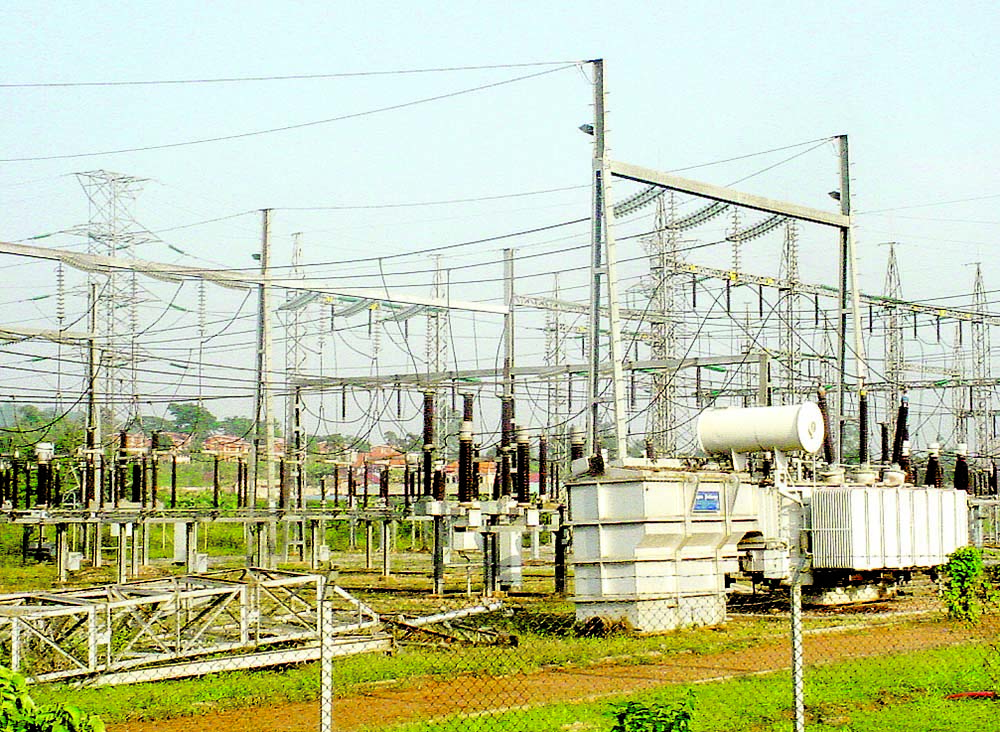New project to offer free electricity connection to 1.3 million homes
Sep 07, 2022
Bateebe said funding challenges had affected the provision of free connections since April 2020, leaving a considerable backlog of applications.

A power station in Kampala. The energy ministry is putting together a project that will increase electricity connections levels in Uganda to 60% by 2027

Ricks Kayizzi
Journalist @New Vision
UGANDA | WORLD BANK | ELECTRICITY | CONNECTION
The World Bank has approved a free electricity connection project under which up to 1.3 million homes will be connected to the national grid.
The Electricity Access Scale-up Project (EASP) is set to be implemented by the Ministry of Energy and Mineral Development through its Rural Electrification Programme Department (REPD) and the Uganda Energy Credit Capitalisation Company.
According to Irene Bateebe, the ministry’s permanent secretary, the approved funding will lead to 1.3 million last-mile connections on the grid and off-grid, expand the electricity network, promote clean cooking solutions, and support the productive use of electricity.
“We shall proceed to Cabinet and then Parliament for approval." "We hope to have implementation start in the Financial Year 2022/2023,” she said in a recent statement.
Bateebe said the project will provide free connections for millions of Ugandans under the Electricity Connections Policy (ECP) and unlock the socio-economic benefits that come with access to electricity.
Bateebe said funding challenges had affected the provision of free connections since April 2020, leaving a considerable backlog of applications. “The ECP intends to increase Uganda’s electrification level to 60% by 2027,” she said.
The project will bring relief to the many that have been awaiting connection to the national grid.
According to the Electricity Connections Policy Financing and Implementation for Connections Policy 2018–2027, the government has procured funding from development partners to the tune of $80m (Sh304b).
According to Peter Kaujju, the head of communications at Umeme, a quarter of a million Ugandans who have been waiting for a new electricity connection have a reason to be hopeful as the government undertakes to provide funds through the EASP.
“In the year 2022, we will connect up to 44,000 households after receiving government funding from the energy ministry and the Rural Electrification Agency (REA),” he said.
“Up to 25,000 Ugandans have applied for connections." But it gives hope to others that they will soon be connected to the national grid,” he added.
Kaujju said the material they procured to effect these countrywide connections is still in stock, although the process is slow due to lack of funding.
“To connect as many homes as possible, the Government gave us leeway to expedite the connection of those who are in a position to pay, and we are currently charging Sh700,000 for a no pole connection, which only takes three working days to effect,” he said in a recent interview.
“One of our external funders, the African Development Bank, has also promised more funding for this project,” Kaujju said, adding that they intend to connect up to 300,000 homes per year.
Bateebe said in meeting this target, the EASP will contribute significantly to the achievement of national and international clean energy access targets, such as the third National Development Plan, targeting 60% access by 2025, and Vision 2040, aiming for universal access.
“It is anticipated that with the funding for connections from the World Bank, French Development Agency (AFD)/European Union (EU), and other development partners, implementation of the ECP will run unimpeded and help deliver on the Government’s ambitions of providing clean energy to all Ugandans by 2040,” she said.
With funding support from the AFD and the EU, the ministry is also putting together a project that will provide over 260,000 electricity connections.
Designed to boost Government’s ongoing energy access initiatives, the EASP is a five-year project that will deliver.
It aims at increasing electricity access to households, commercial and industrial users, and public institutions in rural areas, refugee settlements, peri-urban areas, and urban areas, through on-grid and off-grid solutions.

No Comment